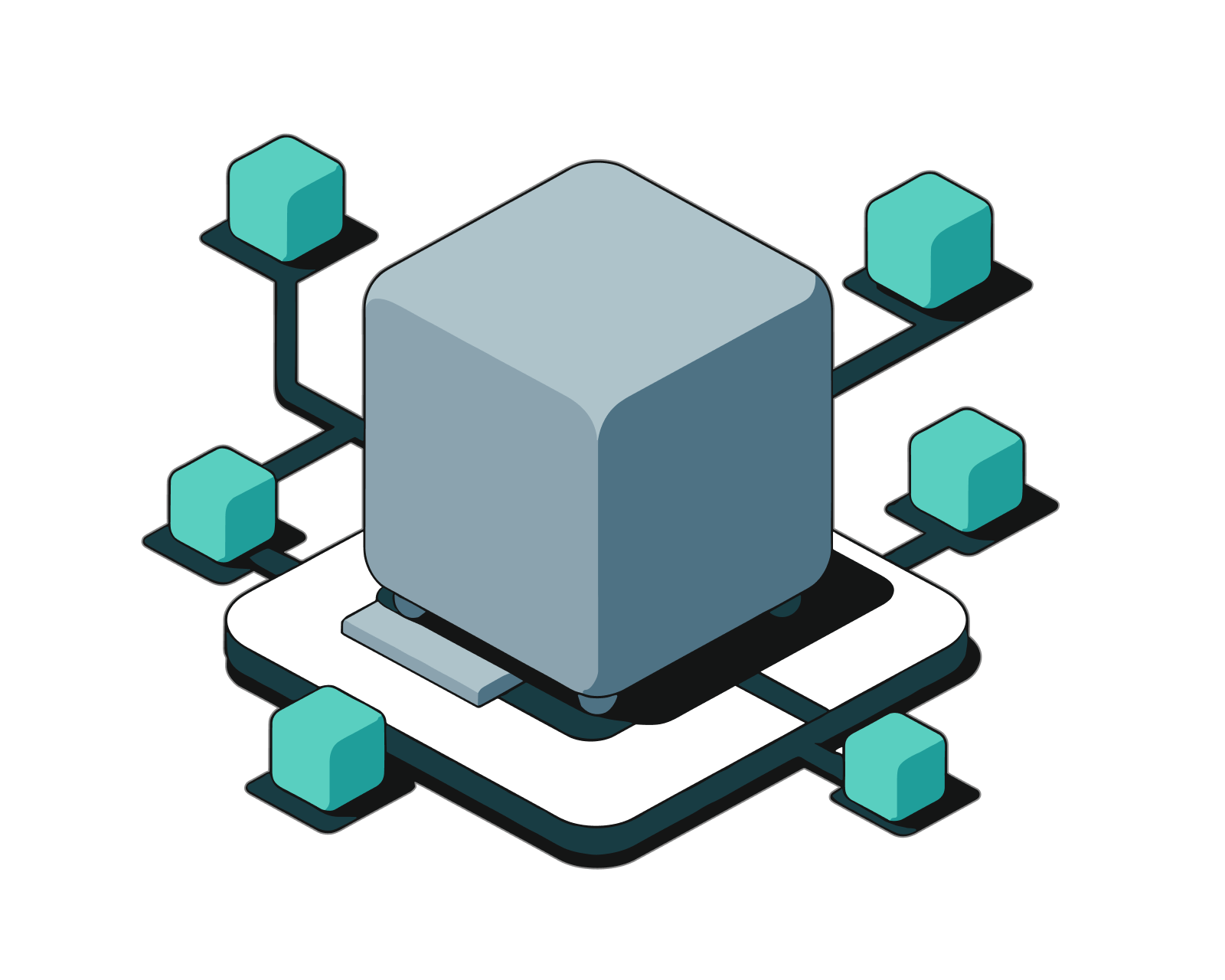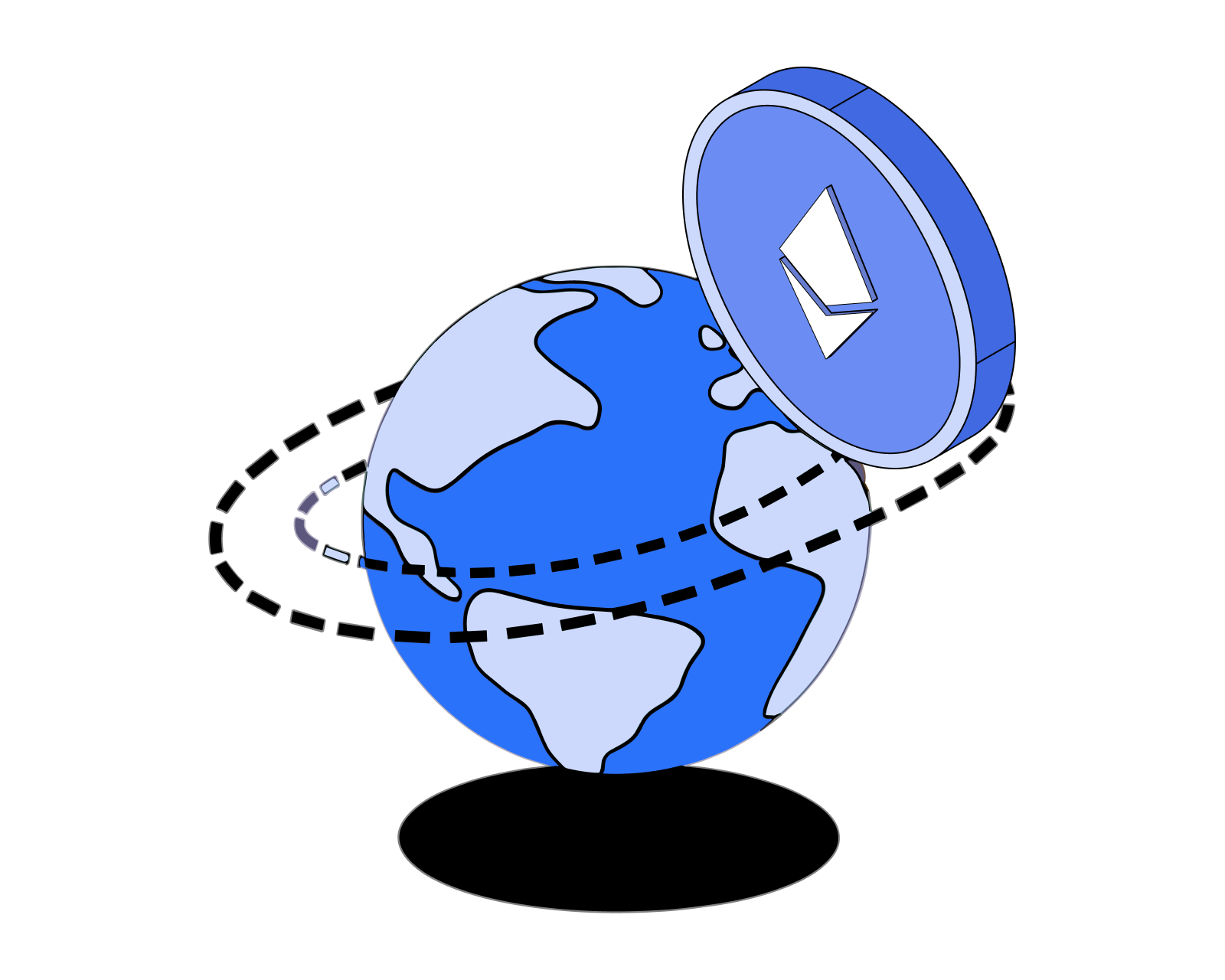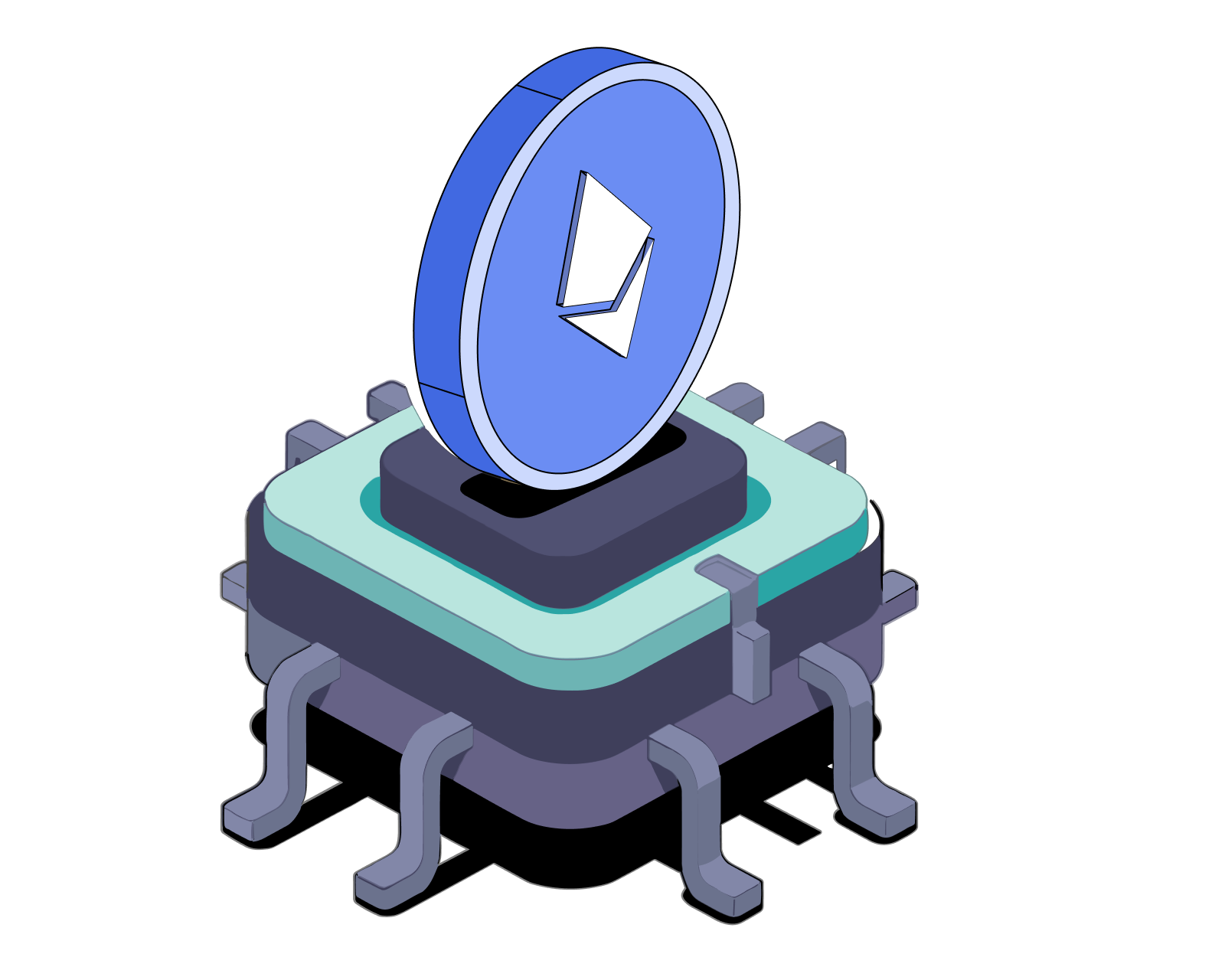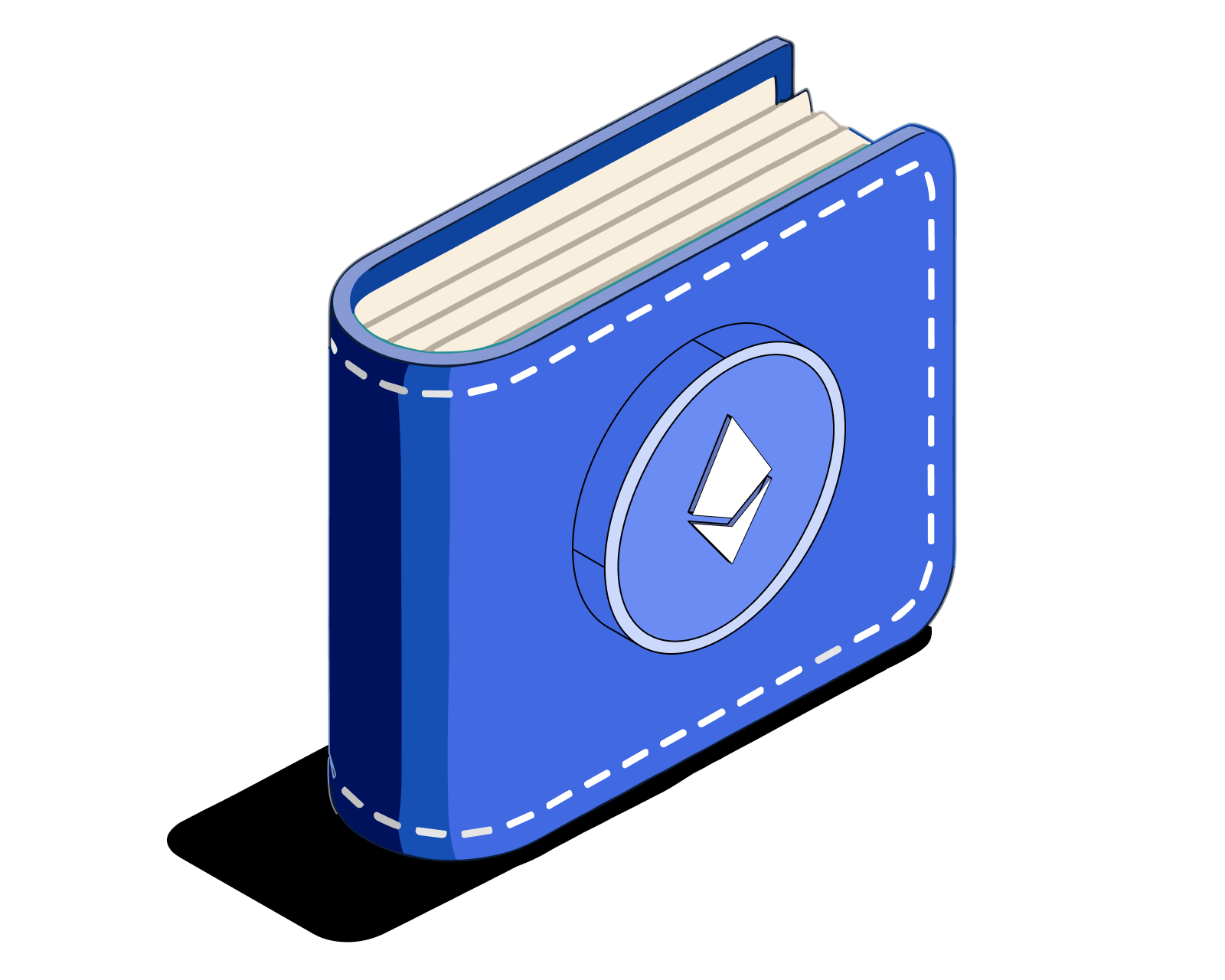What is ETH gas and how do fees work in Ethereum?

Ethereum Fees at a Glance
Making transactions on the Ethereum network incurs fees that are paid to the network in ETH, the network’s native token. This means that you must have a balance of ETH in your wallet in order to execute any type of transaction on the Ethereum network.
Ethereum fees in detail
The cost you pay for a transaction on the Ethereum network is two-fold (as of EIP-1559, Ethereum's transaction fee overhaul which came into effect in August 2021). First, there is the base fee, which is burned (destroyed). Second is the priority fee, or tip, which is paid to network validators. Both of these fees are influenced by market forces, meaning the cost goes up when the network is congested. The total cost for a transaction also depends on its complexity.
Transaction complexity is measured by computational effort, which is delineated in units of "gas." For example, sending ETH from one wallet to another (one of the simplest transactions you can make), may consume up to 21,000 units of gas. One unit of gas is equal to 0.000000001 ETH (10-9 ETH). Note that this denomination of ETH is also known as a giga-wei, or gwei.
Total fees are calculated as follows:
$Gas units * (base fee + tip)$
Let’s look at an example where Alice sends Bob 1 ETH. Imagine the base fee is 100 gwei and Alice includes a tip of 10 gwei. Using the above formula, we can calculate this as $21,000 * (100 + 10) = 2,310,000 gwei$ or 0.00231 ETH.
When Alice sends the money, 1.00231 ETH will be deducted from Alice's account. Bob will be credited 1.0000 ETH. The validator will receive the tip of 0.00021 ETH and the base fee of 0.0021 ETH is burned
Customizing fees on Ethereum
The best digital wallets allow you to customize your fees when creating transactions on the Ethereum network. For example, here’s how to customize the transaction fee in the Bitcoin.com Wallet app for Ethereum and Ethereum Virtual Machine (EVM) chains including Avalanche and Polygon:
- On the "Enter send amount" screen, tap on the "Network fee" icon at the top-left
- Choose from one of the three following options:
'Eco' means you'll pay a lower fee, but your transaction will take longer
'Fast' strikes the optimal balance between cost and speed
'Fastest' optimizes for speed over cost
The Bitcoin.com Wallet app constantly monitors the market rate for gas, as well as the current base fee cost, to arrive at the optimal price for each preset mode. However, you also have the option to manually customize your network fee settings for each transaction. You can check gas rates using a tool like https://ethgasstation.info/ and set customized fees based on the market rate for gas. Here's how to set customized fees in your wallet:
- On the transaction screen, tap on the "Network fee" icon.
- Select "Advanced fee options." You'll then be prompted to enter your precise desired base fee and priority fee.
Related guides
Start from here →

What is Ethereum?
Understand Ethereum's key characteristics.


What is ETH used for?
Understand the function and utility of ETH.

How to buy ETH
Learn how to buy ETH and hold it securely in a digital wallet you control.
Read this article →
How to buy ETH
Learn how to buy ETH and hold it securely in a digital wallet you control.

How to create an Ethereum wallet
Creating an Ethereum wallet is as easy as installing software on your mobile device or laptop/desktop.
Read this article →
How to create an Ethereum wallet
Creating an Ethereum wallet is as easy as installing software on your mobile device or laptop/desktop.
STAY AHEAD IN CRYPTO
Stay ahead in crypto with our weekly newsletter delivering the insights that matter most
Weekly crypto news, curated for you
Actionable insights and educational tips
Updates on products fueling economic freedom
No spam. Unsubscribe anytime.



Start investing safely with the Bitcoin.com Wallet
Over wallets created so far
Everything you need to buy, sell, trade, and invest your Bitcoin and cryptocurrency securely

© 2025 Saint Bitts LLC Bitcoin.com. All rights reserved


